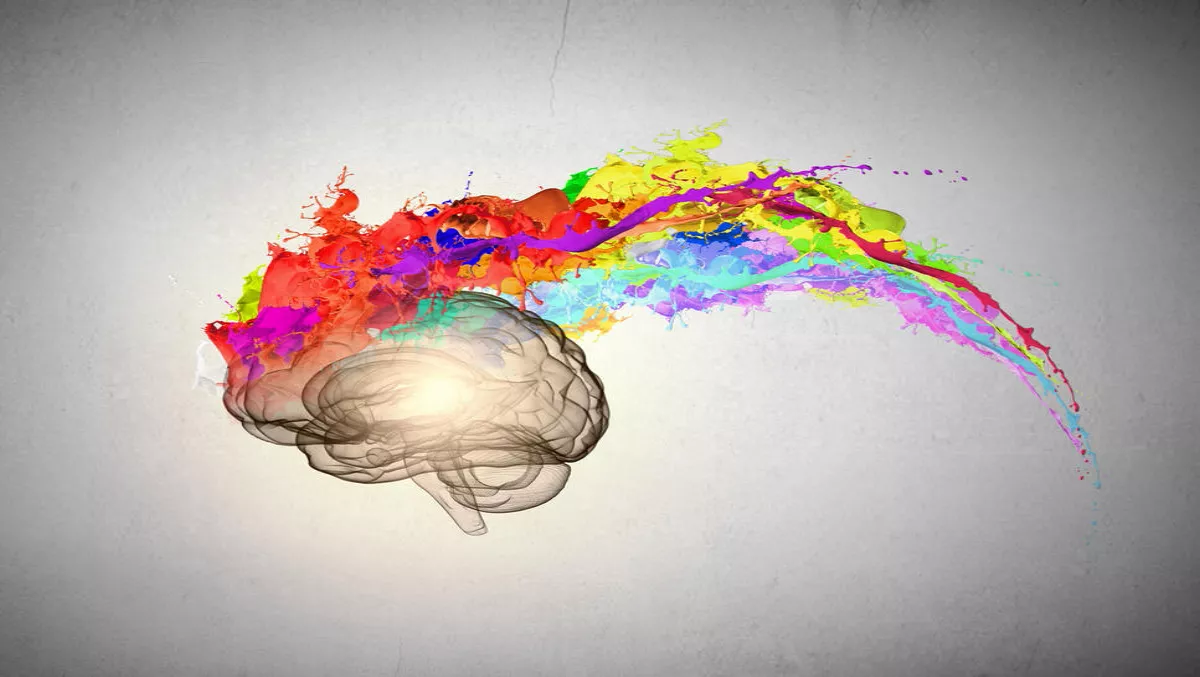
3D printing can inspire creative minds but not without 'risk'
With the right strategy, 3D printers can do more than just introduce modern technology into the education process.
That's according to Adam O'Neill, managing director of Y Soft who explains that they are particularly valuable when it comes to strengthening students' motivation to learn.
However, O'neill also highlights that there is a fair bit of risk involved with 3D printers.
"When schools jump into 3D purchasing decisions without really understanding where 3D will fit into the curriculum, there is a possibility it will end up collecting dust pretty quickly," he explains.
"This can happen when there is a lack of ideas or technical skills to use 3D printing, and no systematic approach when deploying the technology in the curriculum.
Recently, Y Soft undertook a one-year study to monitor the interaction of 3D printing in the classroom with students.
Among findings, the organisation discovered that 60% of printed objects were related to education, 37% of printed objects were for personal and entertainment use and that each printer was in use approximately five hours per day. For Y Soft, the testing period also helped to identify three unique challenges that educational institutions should consider when implementing 3D printing technology.
These are cost management and recovery, 3D print management and security.
"Y Soft's be3D eDee solution integrates the Y Soft SafeQ print management and accounting system with a 3D printer, so schools can manage usage, recover costs, and lock the printer during the printing process, releasing objects only to their authenticated owners."

